

James Wong
2025 Audi A5 Sedan TFSI 150kW review
5 Days Ago

Contributor
It has been just over a year since Bugatti and Rimac joined forces to become the joint venture company known as Bugatti Rimac – which is apparently far more profitable than anticipated.
In an interview the Reuters, Bugatti Rimac CEO Mate Rimac said the joint venture had brought “lots of synergies going both ways”.
“It’s highly profitable and cash flow positive beyond anybody’s expectations,” said Mr Rimac. “It’s such a win-win situation for everybody.”
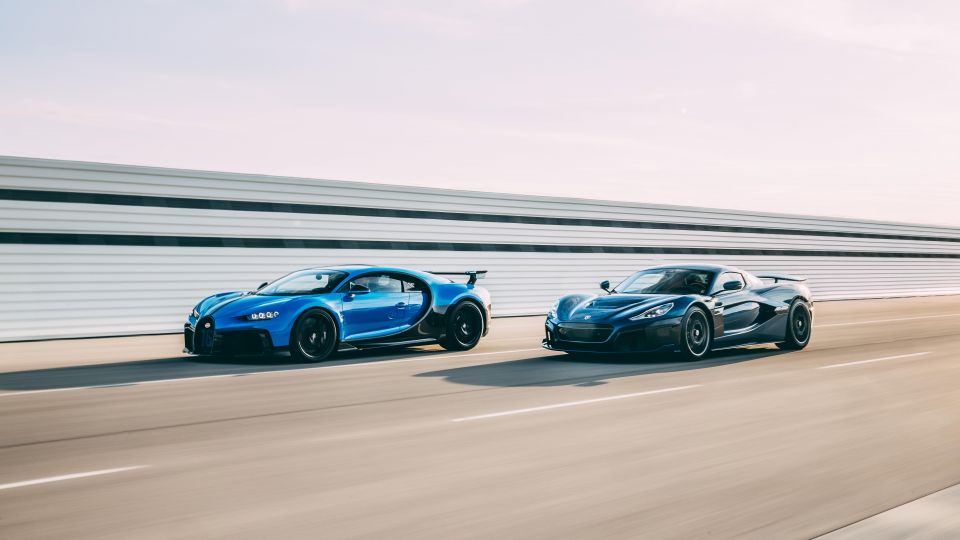
Mr Rimac didn’t go into specifics but the Rimac Group recently raised almost $750 million in its latest Series D investment round.
Rimac Group currently has a 55 per cent stake in the Bugatti Rimac joint venture, with Porsche owning the other 45 per cent.
For now, Bugatti and Rimac will continue to operate separately, retaining their existing production facilities and distribution channels.
Although the brands will be kept separate, future vehicles will share technology thanks to Rimac Group’s technology division.
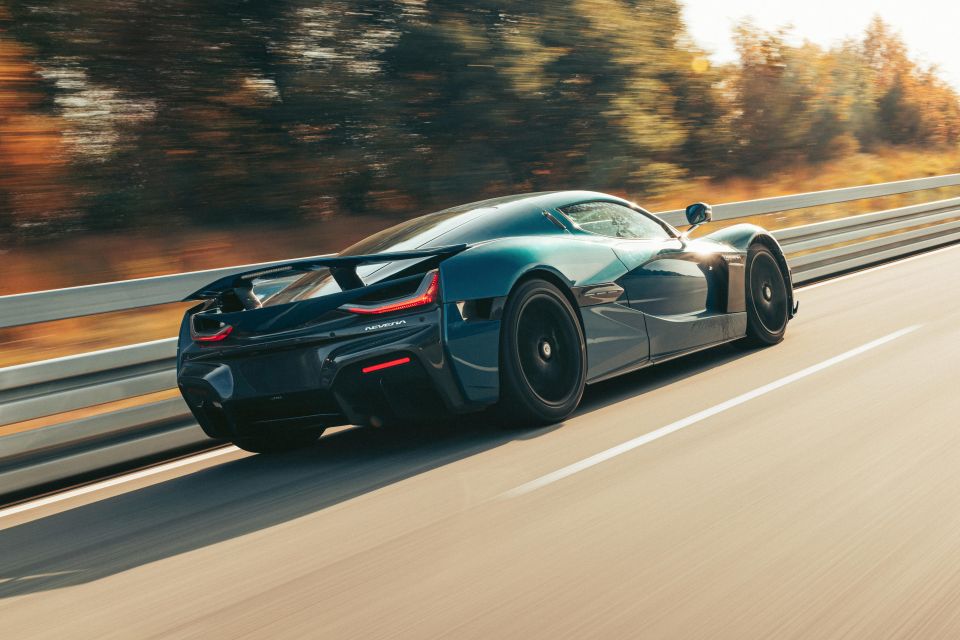
When asked about the future, Mr Rimac said the Rimac Group must become more like Ferrari with a predicable and stable business before considering an initial public offering (IPO).
He said an IPO could happen anytime from three years to a decade from now, but insisted it’s definitely coming.
Rimac Automobili recently started deliveries of its all-electric Nevera hypercar in August this year. The first customer was German-Finnish former Formula 1 driver Nico Rosberg.
Bugatti also celebrated producing its 400th Chiron in October this year, which was a high-performance Super Sport variant with a bare carbon fibre body that was tinted dark green.
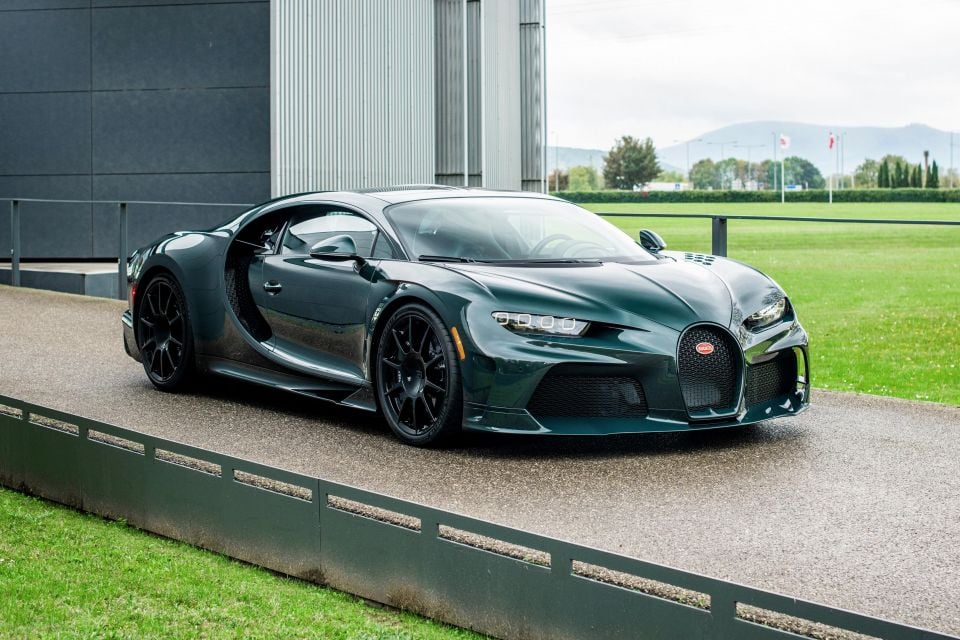
Only 100 more examples of the Chiron will be produced, and after that there will be 40 track-only Bolide specials and 99 open-top Mistral models to commemorate the end of W16 engine production.
Rimac Group is currently constructing its €200 million ($A309.08 million) headquarters in Zagreb, Croatia.
Known as the ‘Rimac Campus’, it’ll serve as the company’s international research and development (R&D) and production base for all future Rimac products, including the current Nevera and its key components.
The company has broken ground and the headquarters should be completed in 2023.

This campus will also become the home of R&D for future Bugatti models, though these vehicles will be built at Bugatti’s Molsheim plant in France.
The 197,575 square-metre complex will feature an on-site test track, museum, design, engineering, production and test facilities, as well as “high-end customisation” showroom, bar, restaurant and retail spaces.
Rimac also says there’ll be a gym and training centre, kindergarten, auditorium, conference hall, education rooms, rooftop garden, command centre, VR-rooms and several top-secret project rooms.
At this stage Rimac expects the construction of this complex to be completed in 2023, though future additions are planned.
MORE: Bugatti begins new chapter under Rimac control MORE: Rimac Group raises $743 million in new funding round
CarExpert helps new car buyers save thousands with expert reviews, honest advice, and transparent pricing – no dealer pressure and no sales games.
Jack Quick is an automotive journalist based in Melbourne. Jack studied journalism and photography at Deakin University in Burwood, and previously represented the university in dance nationally. In his spare time, he loves to pump Charli XCX and play a bit of Grand Theft Auto. He’s also the proud owner of a blue, manual 2020 Suzuki Jimny.


James Wong
5 Days Ago


Matt Campbell
4 Days Ago
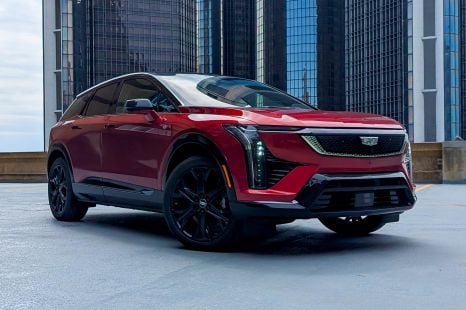

William Stopford
2 Days Ago
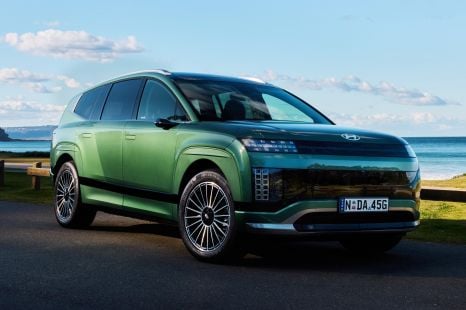

Josh Nevett
1 Day Ago
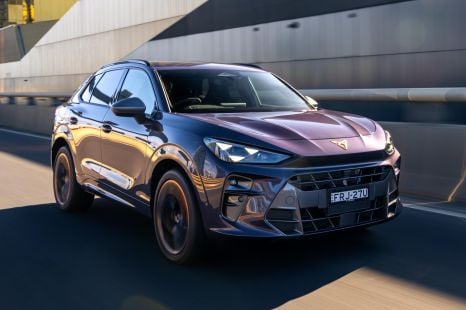

James Wong
1 Day Ago


Max Davies
21 Hours Ago